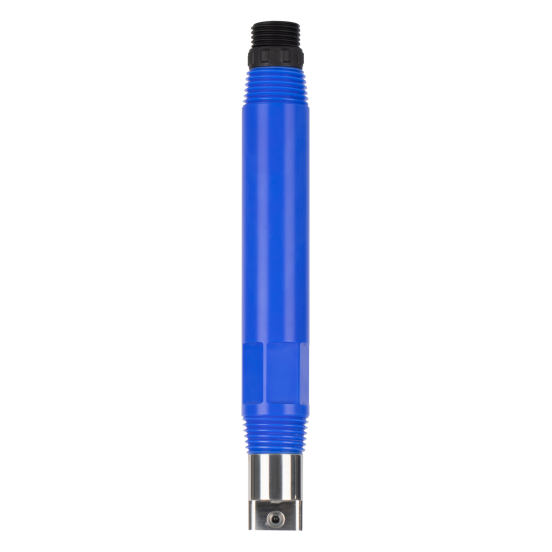Aquaculture water quality monitoring sensor application
Water quality has a very important effect on aquaculture. Science shows that: generally in the range of suitable temperature, with the increase of temperature, the metabolism of fish increases correspondingly, feeding increases, and growth is accelerated. The level of dissolved oxygen in aquaculture water will also affect the growth and health of fish. Sufficient dissolved oxygen in water can inhibit the generation of toxic substances and reduce the content of toxic substances. If insufficient dissolved oxygen is available, it is easy to harm the healthy growth of fish. Therefore, the installation of water quality monitoring system in the fish pond can grasp the change of water quality in time, make countermeasures in advance, effectively avoid breeding risks, improve the yield per mu. Only by managing the water can the success of aquaculture be guaranteed. To maintain a good water quality environment, water quality monitoring is crucial.
The establishment of water quality monitoring system has greatly improved water quality and effectively increased the output of aquaculture and agriculture, so its establishment is very necessary.
Common parameters of aquaculture water quality monitoring:
1- Temperature
Requirements vary depending on the breed. For example, turbot belongs to cold water fish, the water temperature is suitable in 12-18 degrees, sea cucumber is suitable in 10-16 degrees, and the water temperature is higher than 20 degrees. White shrimp like high water temperature and grow faster above 22 degrees Celsius.
2- PH
The vast majority of aquaculture species thrive in neutral or weakly alkaline water environments, such as PH 7.5-8.2. Freshwater fish can adapt to a wider range of ph, between 6.5 and 9.0.

iPH-306 of Chemins sensor
3- Dissolved oxygen
Dissolved oxygen is one of the most deadly indicators in high-density, recirculating aquaculture systems. Dissolved oxygen can go on a roller-coaster ride from high dissolved oxygen to deadly low concentrations in a short period of time. There is no water quality parameter that can kill fish in a short period of time except dissolved oxygen. There are breeds that are tolerant of hypoxia and those that are not, but generally speaking, it is better to DO more than 5mg/L, but too high dissolved oxygen will also cause bubble disease in fish.

iDO-306 of Chemins sensor
4- Ammonia nitrogen
During the main growing season of fish, when ammonia nitrogen exceeds 0.5 mg/l and nitrite exceeds 0.1 mg/l, the water is polluted by a large amount of organic matter. Generally, the ammonia nitrogen content should not exceed 0.5 mg/l. If the ammonia nitrogen content exceeds 2.00 mg/L, the fish will show symptoms of ammonia nitrogen poisoning. The detection of ammonia nitrogen is affected by a variety of ions in the water, so it needs to be compensated by multiple factors. Each additional factor means that one more probe needs to be integrated, and each additional probe means one more maintenance. Take E+H probe for example, it integrates ammonia nitrogen, nitrate, potassium ion and chloride ion four probes, the price is more than 100,000. So the electrode probe is expensive and cumbersome maintenance, so most people still choose colorimetric method, there are commercial rapid detection equipment on the market.

iNHN-306 of Chemins sensor
5- Turbidity
For aquaculture, the turbidity of aquaculture water quality often leads to the reduction of aquatic animal quality and even a large number of deaths.

iZS-306 of Chemins sensor
6- Salinity
Salinity is very important, and the salinity of the water in the general fishery is constant. Of course, some fisheries have different salinity levels during seedling and breeding, so salinity measurement is very necessary. Mariculture can be divided into euryhalic and narrow halic species. Euryhalic species can survive at different salinity levels, such as sturgeon, bass, prawn, and rainbow trout. However, narrow salt species can only survive within a certain salinity range, such as sea cucumber, and the salinity of water is not easy to change too fast in a short time.

DDM-206A-S of Chemins sensor